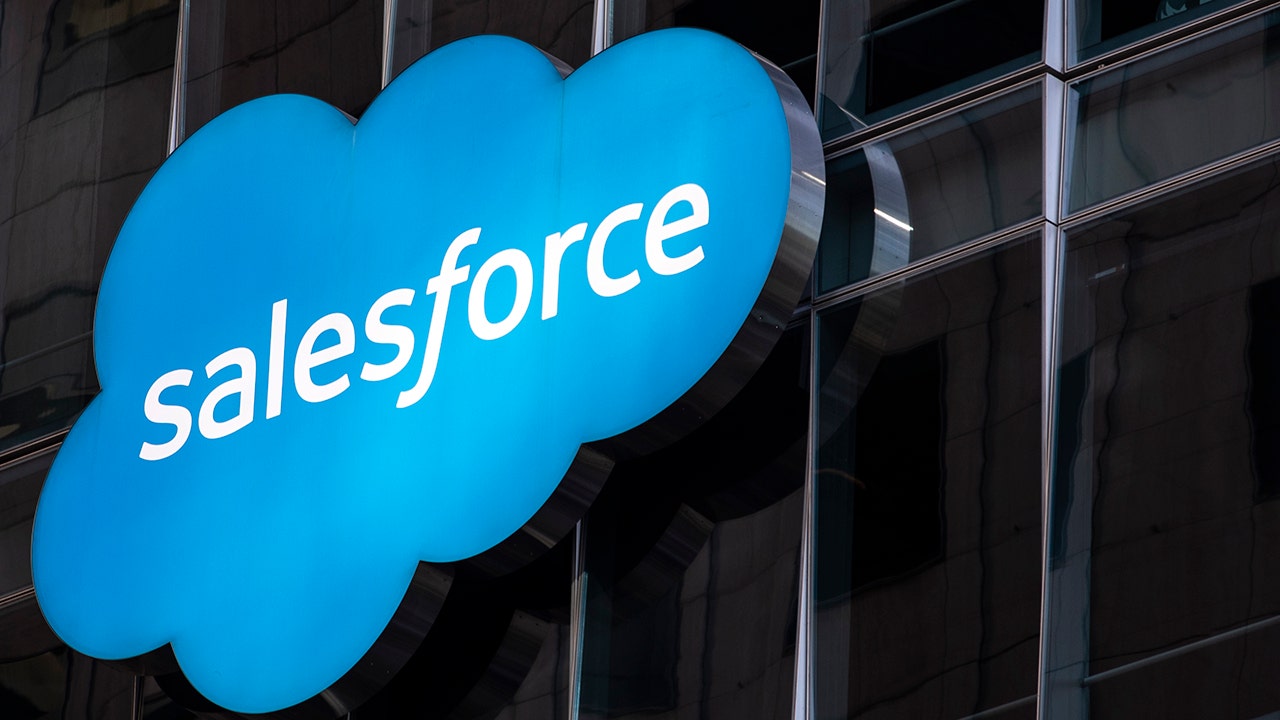Finance
Generational divides run deep in use of AI tools, Salesforce research finds

New research from Salesforce is shedding light on the divide between consumers who have used generative artificial intelligence (AI) tools and those who have not, along with stragglers’ apprehensions and generational differences in using AI tools.
Salesforce’s survey found that 51% of the general population has never used generative AI while 49% has used the technology. Within the group of those who have used AI, over one-third use generative AI every day while about two-thirds use AI weekly or more.
It also found a stark divide between generations and those who are working. About 65% of generative AI users are members of Gen Z or millennials, and 72% of users are currently employed, with 51% in full-time roles. Among those who have been slower to use AI, more than 68% are Gen X or baby boomers while 48% are employed and 52% are unemployed.
“Gen Z is really Generation AI – they make up that superuser group,” Kelly Eliyahu, product marketer at Salesforce, said in a press call. “70% of Gen Z are using generative AI and at least half use it weekly or more.”
WHAT IS ARTIFICIAL INTELLIGENCE (AI)?
The Salesforce survey found that generative AI users are bullish on its potential and feel they’re quickly learning how to use it.
Nearly 6 in 10 generative AI users believe they’re on their way to mastering the technology, with over half saying it is “transforming their life” and that they’re using it more now than when they were first introduced to generative AI.
The most popular use case for generative AI across Gen X, millennial and Gen Z users was “for fun/messing around.” Baby boomer users mostly turned to AI to learn about topics that interest them, which was the second-most popular use case among the three younger generations.
| Ticker | Security | Last | Change | Change % |
|---|---|---|---|---|
| CRM | SALESFORCE INC. | 222.54 | +0.92 | +0.42% |
INTUIT CREDIT KARMA LAUNCHES AI-POWERED FINANCIAL ASSISTANT FOR CONSUMERS

Between one-quarter and one-third of generative AI users across all generations said they used AI to help write personal notes or emails. Using AI to write work emails was the least-popular use among baby boomers as only 15% responded as having done so, whereas between 26% and 31% of the three younger generations did so.
For those who have been slower to give AI a try, Eliyahu noted that “88% of non-users say they aren’t using generative AI because they’re not sure how it will impact their life. And that’s really what the slowpokes need to understand if they’re going to use it.”
“So, baby boomers specifically, they need to see how it’s actually going to improve their lives even in retirement,” Eliyahu said. “We need to help them understand how they can use it for things like building travel itineraries, or personal finance and budgeting, learning about topics that interest them, shopping recommendations, recipe planning – those things that are just part of your daily consumer life. But the catch here is that they’re not seeking out this information, they’re not learning how to use it like the super-users.”
AWS LOOKS TO HELP SMALL AND MEDIUM BUSINESSES LEVERAGE AI TOOLS

In terms of what would lead people to use AI more often, the Salesforce survey found that more than 63% want AI tools to be more secure or safe, which made it the leading reason among those posed to respondents.
“AI users and non-users alike, when they were asked what would make them use generative AI more, their No. 1 response was if it was more safe and more secure,” Eliyahu explained. “They want to know that if they put in sensitive information, if they put in data to make that generative response better, they want to make sure that information, that proprietary data, isn’t … shared somewhere or used in the large language model or given as an answer to a competitor.”
Additionally, 61% want more information about the technology overall, and 58% would use it more often if they knew how to use it better. About half of the respondents said they would use AI more if companies were more transparent about how they’re using it and if it was integrated into the technology they already use.
Read the full article here


















